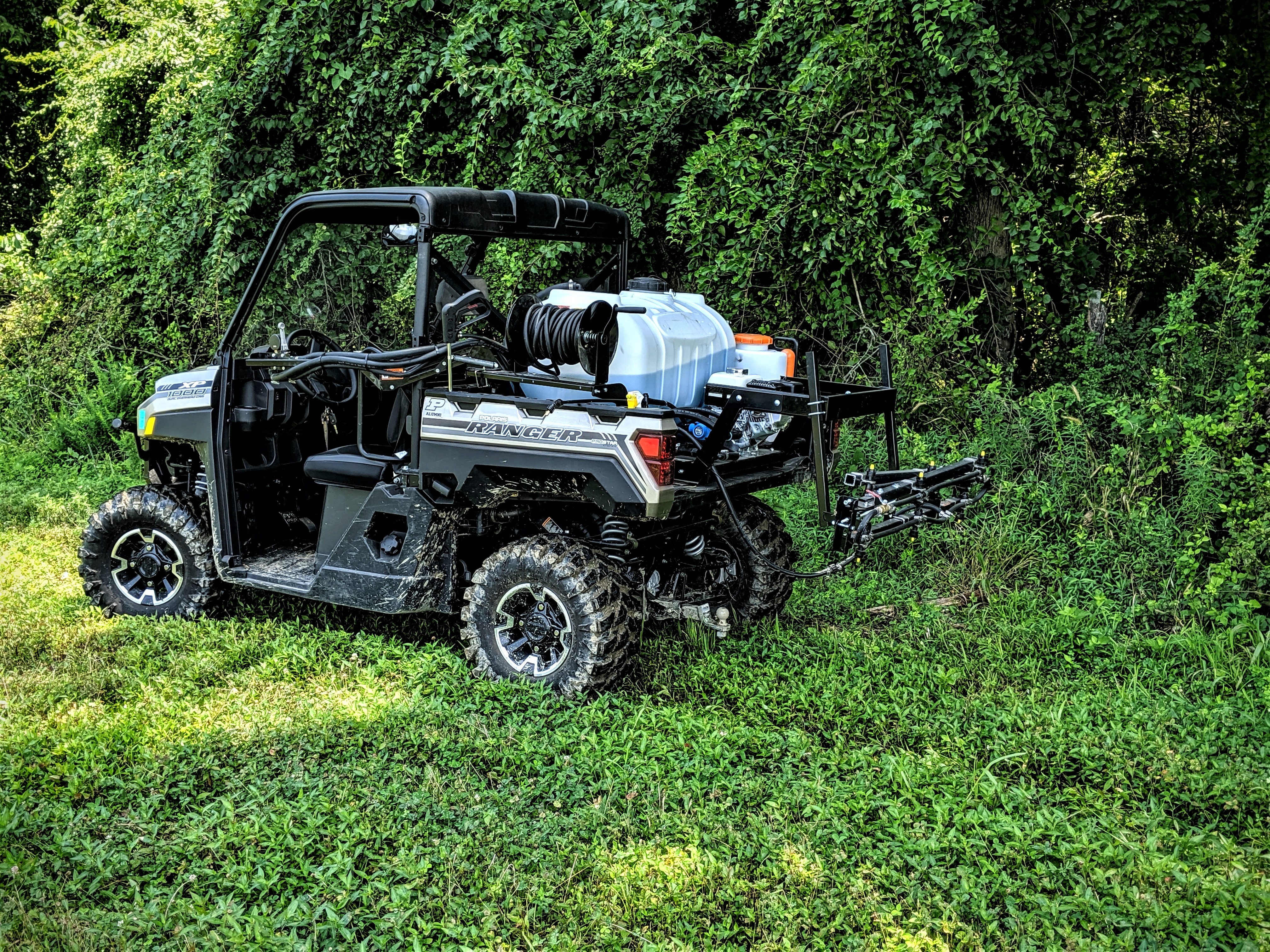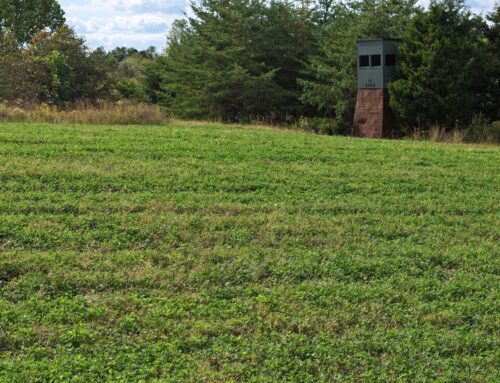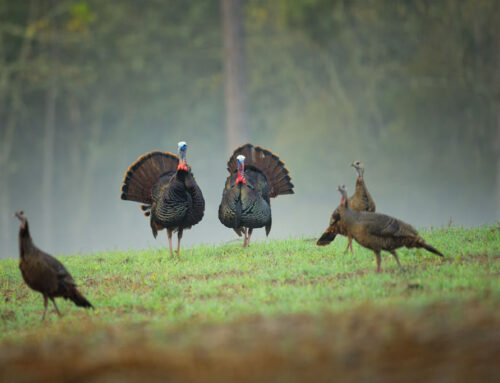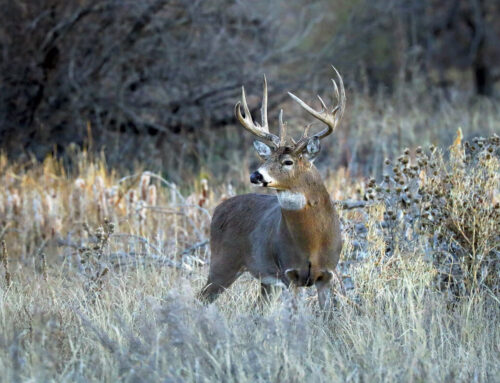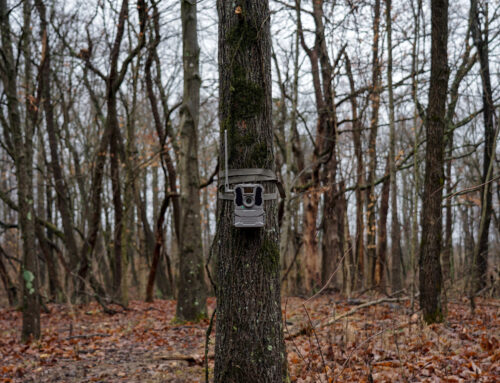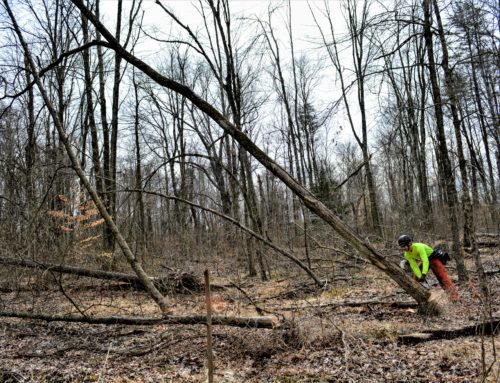Why Invasive Species Management is Important
Invasive plant species management involves either mechanical removal, foliar treatment of herbicide, or a combination of the two, to treat the invasive plants. Invasive species exist as both herbaceous and woody plants, which may be native or exotic, and tend to spread very rapidly while negativity affecting the health and productivity of the woodland. Exotic invasive species are able to out compete our native species and prevent regrowth of desirable species due to their longer growing season.
The specific prescription for treatment is determined by the target species and the extent of the invasion. Invasive species removal by herbicide treatment can be conducted through the use of backpack sprayers, sprayers on the backs of an ATV or UTV, or even hand sprayers to target invasive species while avoiding desired species. The specific method and chemical utilized for herbicide application depends on the target species and layout of the property. Herbaceous invasive species are generally treated by foliar spraying whereas woody invasive species are generally treated by either foliar spraying or through mechanical removal.
Invasive species can be mechanically removed by the use of chainsaws or brush saws. The stumps of the removed plant are then sprayed with herbicide- this is called the cut-stump treatment. Spraying the stump after cutting prevents regrowth of the plant by killing its root structure. If the plant invasion is severe enough, a mulching head attachment on a heavy piece of equipment such as a skid steer or excavator, can be utilized to completely clear an area. The equipment can also be utilized to create access trails so the invasive plants can be removed more efficiently by the use of backpack sprayers or ATV/UTV sprayers.
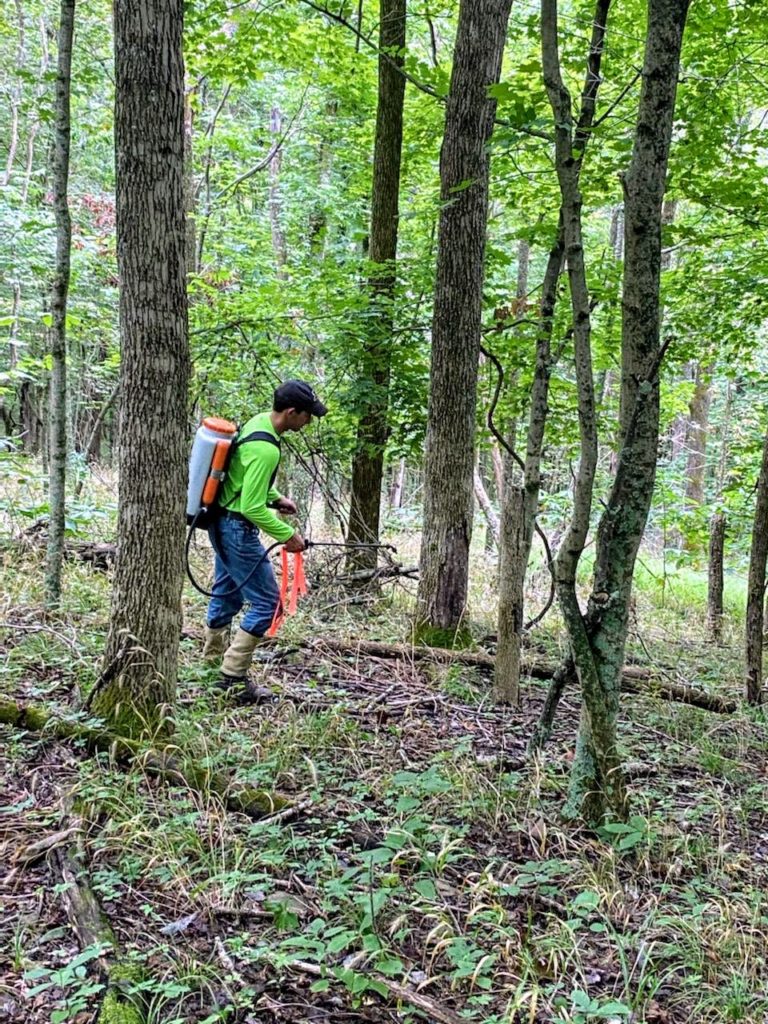
The problem with invasive species is they spread quickly and out-compete our native species for the same vital nutrients. Because invasive species have a longer growing season and shorter dormancy period, they are also able to better compete for available growing space as well as reproduce and establish faster than our native species. Once invasive species have been allowed to take over the forest floor, sunlight has a hard time reaching the ground, drastically hindering the forest’s ability to self-regenerate and produce new native plants. A forest which has become invaded by invasive species will become less productive and will eventually begin dying out, giving way for the invasive species to completely take over. This also has a negative effect on wildlife as they heavily depend on our native species for sources of food and shelter.
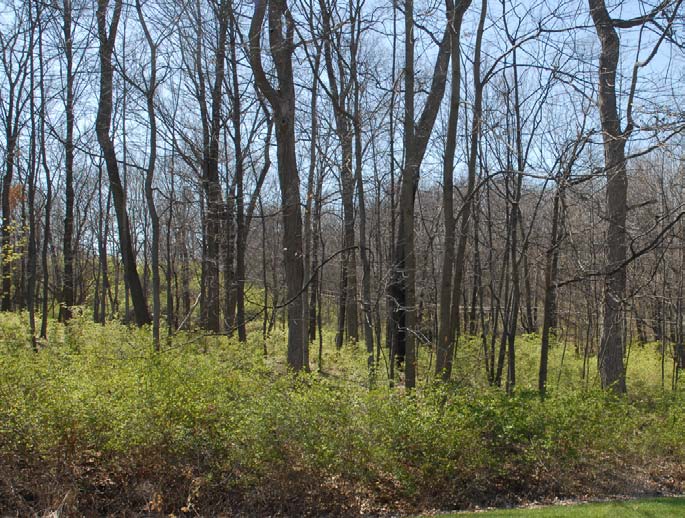
Interested in managing the invasive species on your property? Give us a call! (260) 668-9977
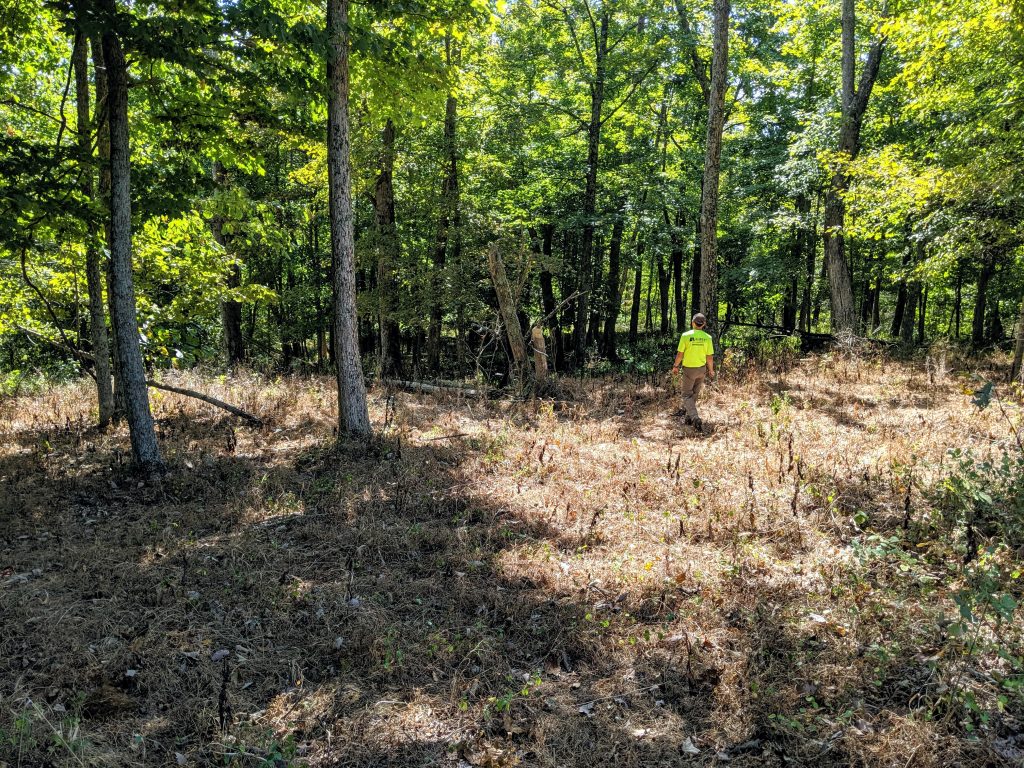
More information:
Guide on How to Identify Invasive Species

